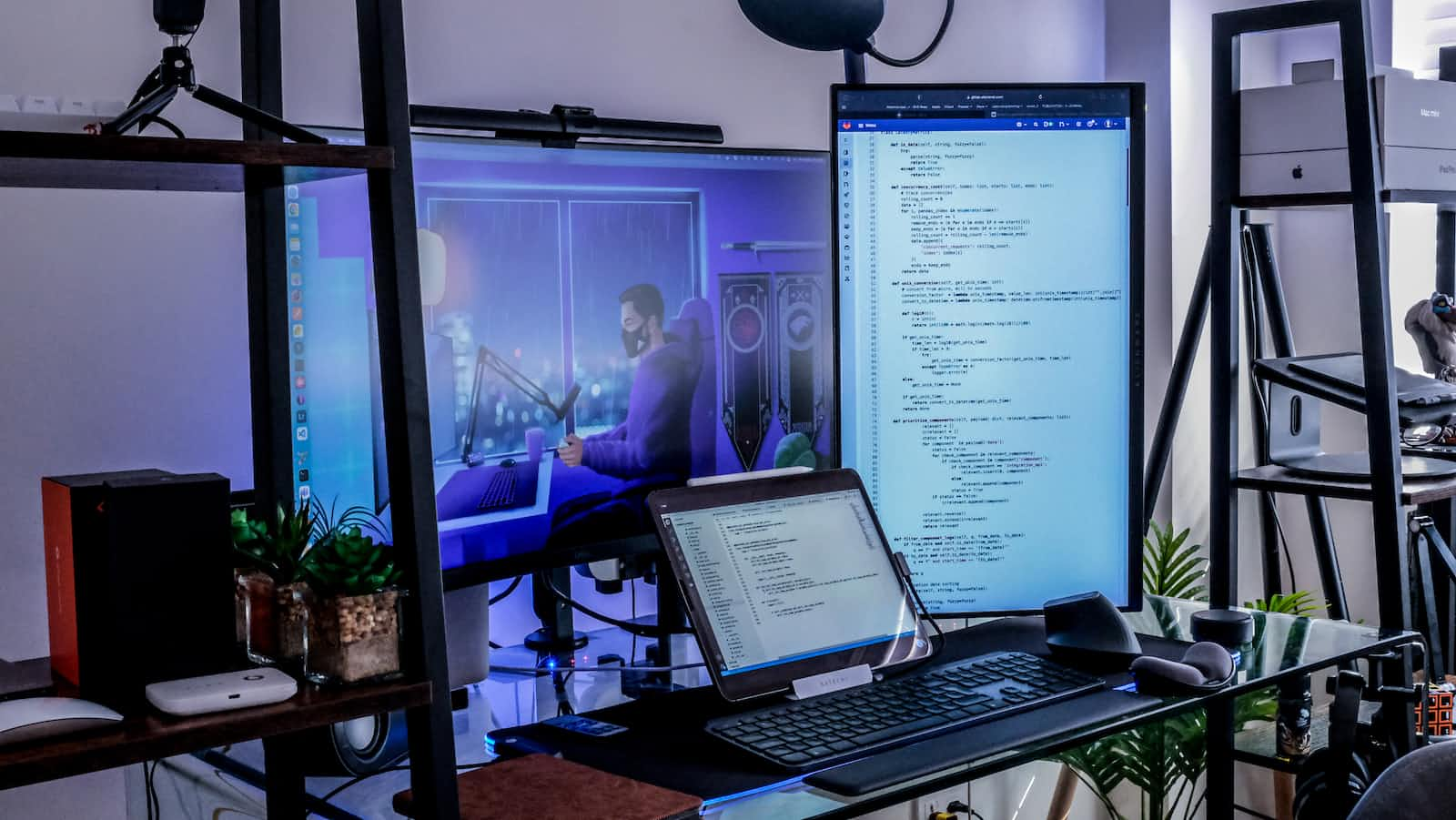Python Programming for Beginners
 Dukeson Ehigboria O.
Dukeson Ehigboria O.
Introduction
What is Python Programming Language?
Python programming language is a high-level programming language that was designed to improve code readability with the use of significant indentation and close to English-like syntaxes which makes coding with this programming language closely related to reading in the English language.
Python programming language is a language inspired by different programming languages like C, ABC, Lisp, Haskell, Perl, etc, and this language has influenced other programming languages like Go, Javascript, Ruby, Swift, CoffeeScript, etc.
Python is used for?
Python programming language is a general-purpose high-level programming language used in a range of applications, including
Web development,
Software development,
Automation,
Machine learning,
Data science and analysis,
Software testing.
It is a language that can be used by developers and non-developers. These features have made it become one of the most popular programming languages in the world in recent years.
What makes Python Programming Language loved and popular?
Python Programming Language has been termed one of the most popular programming languages in the world in recent times because of these features:
It is beginner-friendly. Coders with little or no background in Computer Science or programming can venture into creating solutions using this programming language.
Python programming language has simple syntaxes that closely relate to natural languages. This makes it easier to build software projects and as well improve on them.
Python programming language is a versatile language that makes developing solutions to problems in almost all fields possible.
Python programming language has a large community that is active and contributes to most of Python's libraries and modules. Helpful resources for other programmers are also made available by this community thereby making finding solutions when one runs into problems easy to get.
Python has a lot of modules, standard libraries and frameworks. You do not need to reinvent the wheel. Some libraries have been developed by a group of experienced programmers and software developers. All you need do is read through their documentation and resources on how to download, use and implement the libraries, modules, etc.
Python is Open Source: this means it is easy and free to use, and distribute codes and solutions be it individually or for commercial purposes.
Python programming language is a high-level programming language that is portable: this is to say, it is not machine dependent. What works on a Linux machine will work on a Windows OS or Mac machine.
Python programming gives windows for Graphical User Interface (GUI) programming using libraries like tkinter, kivy, etc.
How did this popular language come into existence?
Python is an interpreted high-level programming language and it has its interpreter written in C programming language. It was designed by the Dutch programmer Guido Von Rossum and its first version was released in the year 1991 as Python 0.9.0. Guido Von Rossum started working on the Python project in the late 1980s to be a successor to the ABC programming language.
Python programming language has consistently been improved from versions Python 0.9.0 released in 1991, Python 2.0 released in 2000, Python 3.0 released in 2008, and Python 2.7.18 released in the year 2020 as the last release for Python 2. Python 3 has its latest version 3.11.2 in the year 2023 as of the time of publishing this article.
Python programming language has an edge over so many high-level programming or scripting languages because it supports multiple programming paradigms (classification of programming languages based on their features). Python can be used to design programs or solutions with structured programming approaches, particularly procedural programming(control flow, repetitive structures, block structures and subroutines), object-oriented programming(classes, methods, encapsulation, abstraction, polymorphism, inheritance, objects), web programming (for backend/server-side scripting), functional programming (using functions).
Getting Started
Previously, we acquainted ourselves with what Python programming language was all about and a brief history of this awesome programming language. In our next walk of learning Python Programming language, we will be looking at how to install Python and set up python environments for use.
Python Installation
Subscribe to my newsletter
Read articles from Dukeson Ehigboria O. directly inside your inbox. Subscribe to the newsletter, and don't miss out.
Written by

Dukeson Ehigboria O.
Dukeson Ehigboria O.
I am a developer from Nigeria. I am currently studying for Software Engineering @ ALX Africa. I am a tech enthusiast and a PHP evangelist. I love to learn new things as well as reach out to others with what I have learnt. Knowledge is meant to be passed on and that is what I intend to do using this platform. Learning is not one sided, so I intend to learn too from way too experienced hands in the field technology and software development.